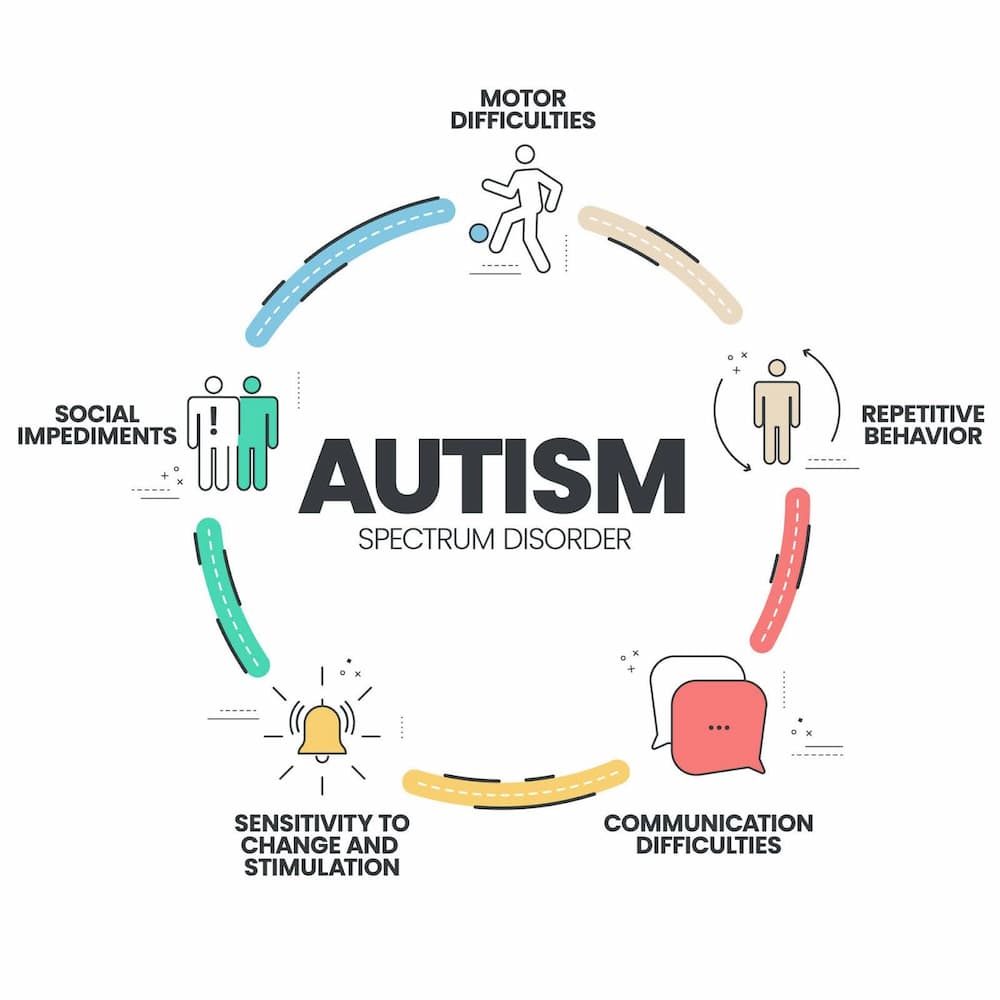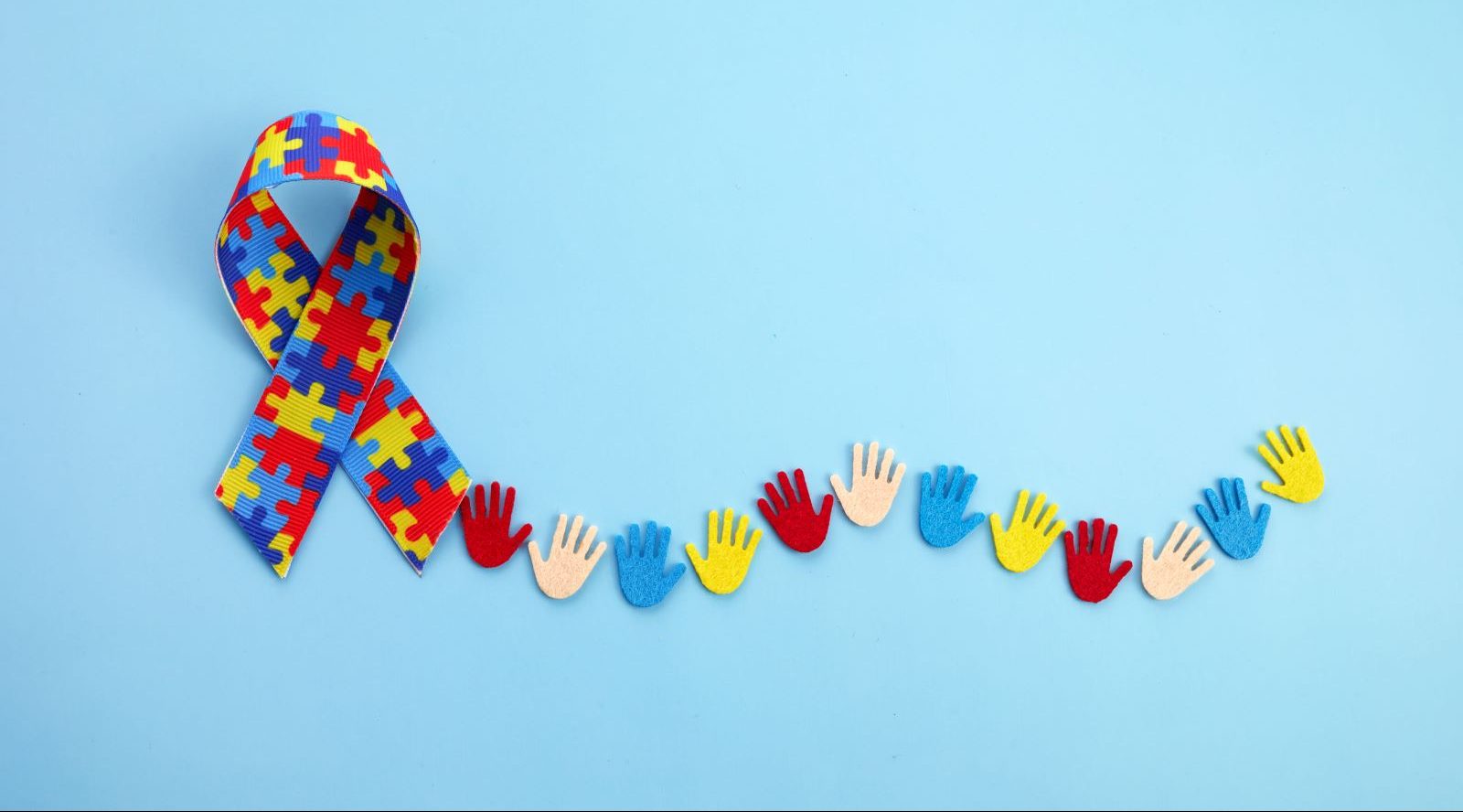Cutting-edge Therapies and Therapies: Developments in Autism Research Study
Cutting-edge Therapies and Therapies: Developments in Autism Research Study
Blog Article
Discovering Autism: Strategies for Efficient Interaction and Interaction
Reliable communication and interaction with people on the autism range demand an extensive understanding of their unique demands and preferences. The complexities of these strategies disclose additional considerations that warrant expedition, specifically in just how they can be adapted to diverse contexts and specific experiences.
Recognizing Autism Spectrum Disorder
Autism Range Problem (ASD) incorporates a variety of neurodevelopmental problems characterized by challenges in social communication, interaction, and repeated behaviors. The term "range" shows the varied manifestations and differing levels of severity experienced by people with ASD. While some may show considerable problems, others may present high-functioning attributes, enabling better freedom in every day life.
The onset of ASD usually occurs in very early childhood years, with indications often well-known by age 2. Very early indicators might include postponed speech development, limited eye contact, and difficulties in comprehending social cues. The precise etiology of ASD continues to be uncertain, study recommends a combination of environmental and genetic aspects plays a crucial duty in its development.
As a result, treatments and assistance customized to individual demands are vital for promoting interaction and social skills. Recognizing the complexity of ASD is essential for promoting recognition, acceptance, and reliable techniques that facilitate significant interactions with individuals on the range.

Relevance of Clear Interaction
Reliable interaction is important for cultivating understanding and link, particularly for individuals with Autism Range Condition (ASD) Clear communication not only promotes social communications yet also enhances the individual's capacity to share their emotions, requirements, and ideas. For individuals with ASD, the subtleties of language can typically be challenging; for that reason, making use of straightforward and distinct language is necessary.
Additionally, clear communication assists lower aggravation and anxiousness that may emerge from misunderstandings. When messages are shared in a straight and consistent fashion, people with ASD are much better outfitted to translate info precisely, which can substantially enhance their social involvement and participation in various settings.
Developing routines and making use of aesthetic assistances can additionally strengthen clear communication. These strategies offer people with predictable frameworks that aid understanding and retention of information. In addition, proactively listening and being client throughout communications promotes an encouraging environment where people with ASD feel valued and understood.
Ultimately, prioritizing clear interaction not only empowers people with ASD yet also fosters more purposeful links with their peers, caregivers, and the larger community, paving the way for joint partnerships and inclusive interactions. - autism
Non-Verbal Communication Strategies
Communication expands beyond words, and for people with Autism Spectrum Disorder (ASD), non-verbal signs play a substantial role in communications. Non-verbal interaction techniques can consist of facial expressions, gestures, body language, and eye contact, every one of which work as important components for communicating feelings and objectives.
Understanding and interpreting these non-verbal signals can improve communications with people with ASD. A cozy smile or open stance can develop an inviting environment, encouraging interaction. Using visual help-- such as photo cards or icons-- can link communication spaces and aid convey messages extra efficiently.
It is additionally important to be conscious of individual area, as individuals with ASD may have various convenience degrees pertaining to closeness. Observing their reactions to physical nearness can inform ideal modifications.

Developing Helpful Environments
Developing an encouraging environment is vital for cultivating positive communications and enhancing the health of individuals with Autism Spectrum click here for info Problem (ASD) Such settings can substantially decrease stress and anxiety and create a sense of safety, enabling people to reveal themselves much more easily.
To attain this, it is vital to consider sensory level of sensitivities that people with ASD may experience. Customizing the physical space to include soft illumination, marginal background sound, and comfortable seats can develop a soothing atmosphere. In addition, making use of regular routines and clear visual routines can aid people expect changes and minimize unpredictability, additional promoting convenience.
Social spaces must be structured to minimize frustrating stimulations while offering chances for involvement in recommended tasks. Promoting areas assigned for silent time can additionally offer as a sanctuary throughout moments of stress. Importantly, incorporating aspects of choice equips individuals, allowing them to exercise company in their environment.

Encouraging Social Communications
Fostering social interactions among people with Autism Range Problem (ASD) requires deliberate methods that prioritize comfort and engagement. Developing predictable routines can help decrease anxiety, making social settings more approachable. Producing structured atmospheres with specified responsibilities and duties enables people to involve without the frustrating stress of disorganized social characteristics.
Including passions and strengths right into social tasks can work as a catalyst for interaction. As an example, organizing group tasks around shared pastimes or topics of fascination can promote all-natural discussions and links. Additionally, making use of visual supports, such as social manuscripts or pictorial timetables, can additional reading help in understanding social hints and expectations.
Designing suitable social habits is essential - autism. Grownups and peers need to demonstrate effective communication techniques, including active listening and turn-taking. Role-playing scenarios can also give a risk-free space for individuals to exercise these skills
Finally, cultivating peer relationships with comprehensive methods is crucial. Urging inclusive playdates or group outings can create possibilities for socialization in a comfy setup. By carrying out these teachers, approaches and caretakers can significantly enhance social communications for individuals with ASD, promoting their overall social growth and well-being.
Verdict
In final thought, effective interaction and communication approaches are necessary for supporting individuals with Autism Range Problem. Eventually, these methods equip people with autism to navigate social landscapes, advertising their general well-being and allowing the development of lasting connections.
Effective interaction and communication with individuals on the autism range demand a comprehensive understanding of their distinct requirements and choices. Clear interaction not just helps with social interactions but also boosts the person's ability to share their demands, emotions, and ideas.Fostering social communications amongst individuals with Autism Spectrum Disorder hop over to here (ASD) requires deliberate techniques that prioritize comfort and interaction. By applying these educators, approaches and caretakers can considerably boost social communications for individuals with ASD, promoting their general social development and health.
In conclusion, reliable interaction and interaction strategies are necessary for supporting people with Autism Range Condition.
Report this page